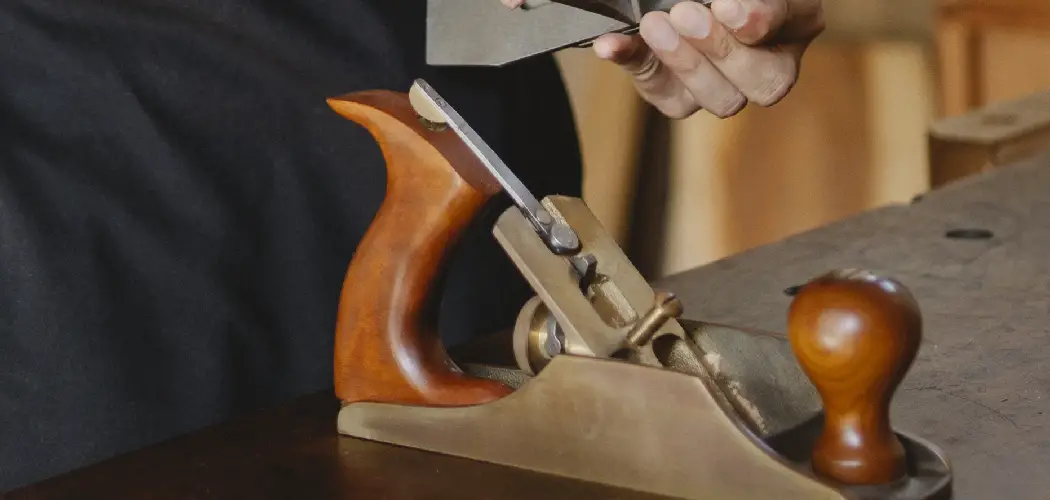Have you ever tried to plane a piece of wood that just doesn’t seem to work the way you thought it would? You’re not alone. Many people try to plan without a planer and end up with poor results. In this blog post, we’ll show you how to plane without a planer, so you can get the results you want every time. Let’s get started!
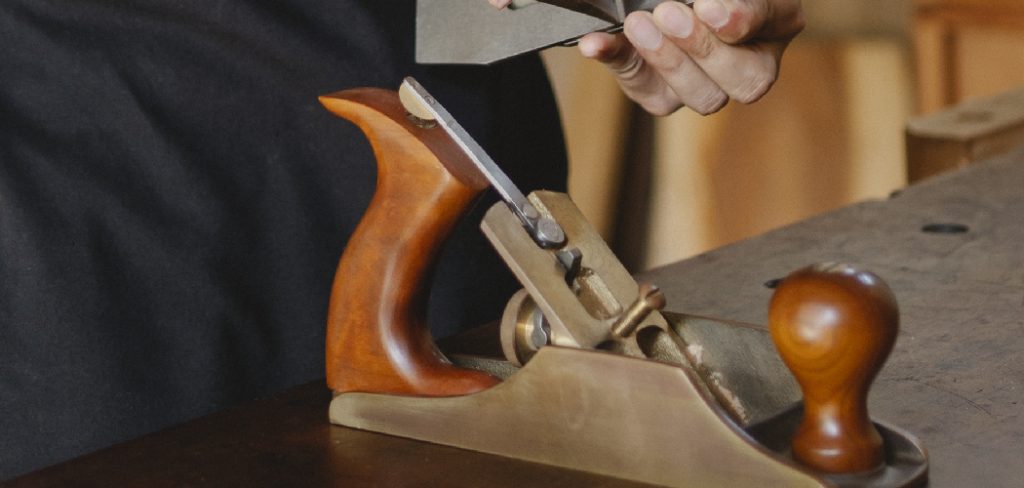
Summary: In this tutorial, we will show you how to plane a piece of wood without a planer. This is a great way to save money and get the same results as a planer.
What Is a Planer?
A planer is a tool that is used to create a smooth, level surface on a piece of wood. It consists of a blade mounted on a spindle, which is rotated at high speed. As the blade cuts into the wood, it leaves behind a smooth, level surface. Planers are commonly used to prepare wood for painting or staining, but they can also be used to create a very smooth finish on furniture.
Planers come in various sizes and styles, and the type of planer you need will depend on the type of wood you are working with. For example, if you are working with hardwood, you will need a heavier-duty planer than if you were working with softwood. Planers can be either hand-held or table-mounted, and they can be either electric or cordless.
Why Should You Plane Without A Planer?
Hand planing wood is an essential skill for any woodworker. Not only does it allow you to create smooth, consistent surfaces, but it also gives you a chance to bond with your material. When your plane is without a planer, you are forced to slow down and take the time to understand the grain of the wood and how it reacts to your plane.
In addition, hand planning can be used to fix mistakes and uneven surfaces that are difficult to correct with a machine. As a result, learning to plane without a planer is essential to becoming a skilled woodworker. So next time you reach for your power tools, take a moment to consider the benefits of hand planning instead. You might just be surprised at what you can accomplish.
8 Methods to Follow on How to Plane Without A Planer
Method 1: Use a Chisel
If you don’t have a planer, one of the best ways to even out rough lumber is by using a chisel. Start by chopping off any large protrusions with the beveled edge of the chisel. Then, use the flat side to start shaving down the surface of the wood. Work slowly and evenly until you’ve achieved the desired level of smoothness.
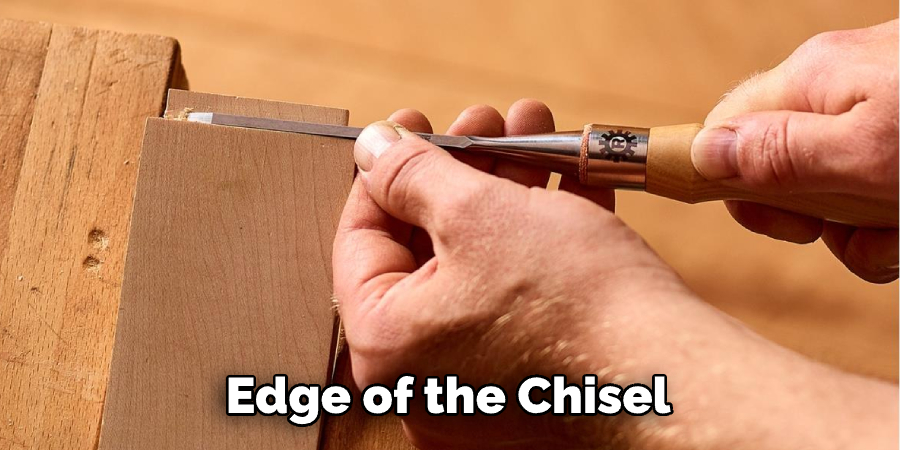
Method 2: Use a Hand Plane
Hand planes are designed specifically for smoothing wood, so they’re ideal for use instead of a planer. Start by adjusting the blade to create a slightly deeper cut than you would with a chisel. Then, hold the plane firmly in both hands and push it along the wood grain. As with the chisel, work slowly and evenly until you’ve achieved the desired level of smoothness.
Method 3: Use a Belt Sander
If you have access to a belt sander, this can be an effective way to remove excess material from a piece of lumber quickly. Just keep the sander moving so that you don’t create any deep gouges in the wood. After a few passes with the belt sander, you should have a piece of lumber that is much closer to the desired thickness.
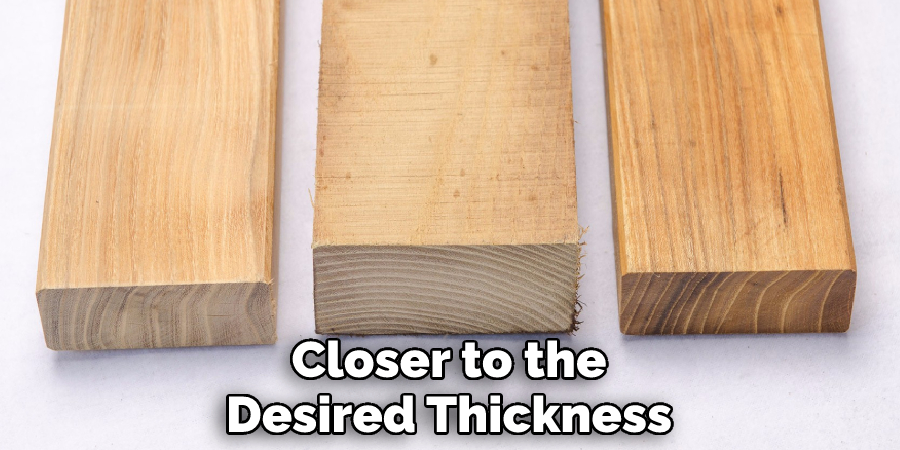
Method 4: Use a Drum Sander
Drum sanders are similar to belt sanders but have a cylindrical drum rather than a belt. This can make them more difficult to control, but they’re still effective for removing excess material from lumber. As with a belt sander, be sure to keep the sander moving so that you don’t create any deep gouges in the wood.
Method 5: Use an Angle Grinder
If you have an angle grinder fitted with a grinding wheel, you can use this tool to remove excess material from lumber quickly. Just be careful not to overdo it, as creating deep gouges with an angle grinder is easy. After a few passes with the grinder, finish up by hand-sanding with a finer grit paper to create a smooth surface.
Method 6: Use a Router
If you have a router, you can use it to quickly and easily remove wood from your project. First, just set the router to the desired depth and make sure that the bit is sharp. Then, rout along the edge of your project, taking care not to go too deep. This method is great for removing small amounts of wood, but if you need to remove a lot of material, it will take a long time.
Method 7: Use a Handheld Planer
Handheld planers are designed for use on smaller pieces of lumber and can be a good option for those who don’t have access to a larger surface planer. These small planers can be found at most hardware stores.
To use a handheld planer, start by clamping the lumber to a sturdy work surface. Then, position the planer blade against the wood and move it back and forth in long, even strokes. Be sure to keep the blade level as you work to avoid creating uneven surfaces. After a few passes with the handheld planer, your lumber should be smooth and ready for use.
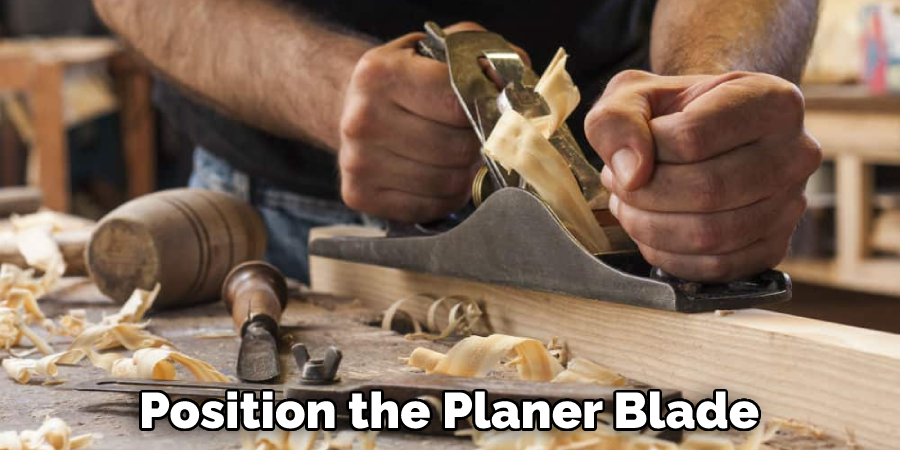
Method 8: Use a Spindle Sander
A spindle sander is another good option for smoothing rough lumber without a planer. This type of sander consists of a rotating drum that is covered in sandpaper. The rough lumber is fed into the spindle sander, which rotates the drum and sands the wood as it moves through.
Spindle sanders are very effective at removing small amounts of material and can produce a smooth surface on even the roughest lumber. However, they cannot remove large amounts of material as a planer can. Therefore, if your lumber is very rough, you may need to use a combination of methods to get it smooth.
Now that you know how to plane without a planer, you can start your next project! Just be sure to use the right technique for the type of lumber you’re working with, and take care not to remove too much material. With a little practice, you’ll be able to achieve a smooth, professional finish on all your woodworking projects.
You Can Check It Out To Use Angle Grinder for Sanding Wood
What Are the Different Types of Planes?
There are many different types of planes, each designed for a specific purpose. One of the most common types of planes is the passenger plane, which is used to transport people from one location to another. These planes are typically large and have many amenities onboard, such as comfortable seats, in-flight entertainment, and an onboard kitchen.
Another common type of plane is the cargo plane, which is used to transport goods from one place to another. These planes are typically larger than passenger planes and have more space for storage. Finally, there are military planes used by the armed forces for tasks such as transportation, combat, and reconnaissance. These planes are typically outfitted with various features that make them well-suited for their intended purpose.
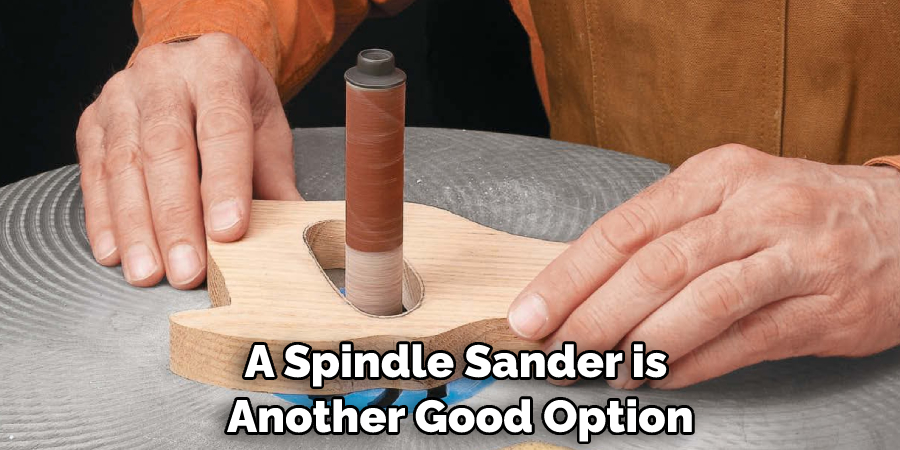
The Best Ways to Use a Hand Plane
A hand plane is a versatile woodworking tool that can be used to create smooth, even surfaces on wood. While many different types of hand planes are available, the most common are bench planes, block planes, and smoothing planes. Each type of plane is designed for a specific purpose, but all can be used to achieve similar results. When choosing a hand plane, it is important to consider the size and shape of the surface you will be working on.
A bench plane is the best option for large surfaces, such as tabletops or dresser drawers. A block plane or smoothing plane for smaller surfaces, such as cabinet doors or dovetails, will provide more control. The following tips will help you get the best results regardless of the type of hand plane you choose.
Always start with the blade set at a low angle when using a hand plane. This will help to prevent tear-out and ensure a smooth surface. Gradually increase the blade angle as you work your way across the surface. Work in both directions to produce an even surface, going with the grain first and then against it.
Finally, always check the surface with your fingers before moving on to the next step. These simple tips will help you get the most out of your hand plane and produce professional-looking results every time. Keep reading for more information about how to plane without a planer.
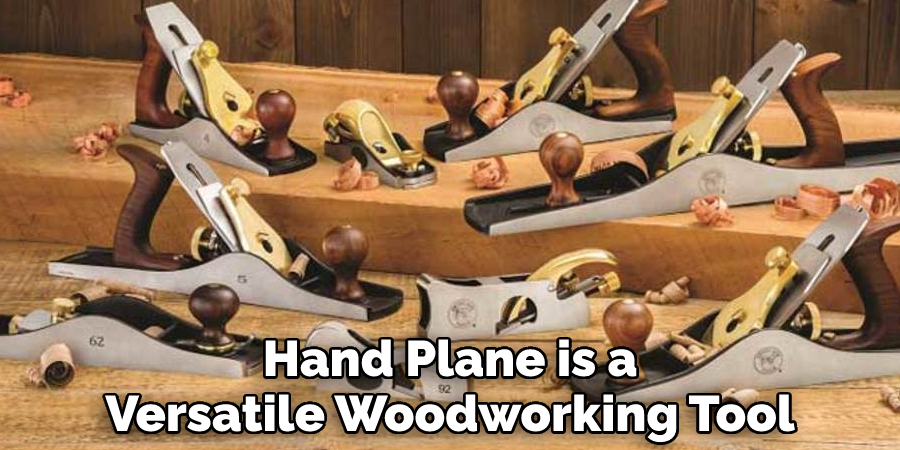
How to Get the Perfect Finish with A Hand Plane
A hand plane is one of the most versatile tools in a woodworker’s toolkit. It can smooth rough lumber, square up stock, and even create intricate moldings and joinery with a few simple strokes. However, getting a perfect finish with a hand plane takes practice and patience. Here are a few tips to help you achieve flawless results:
- Start with sharp blades. A dull blade will tear the wood fibers instead of cutting them, resulting in a rough surface. So make sure to sharpen your blades often to get the best results.
- Take light cuts. A heavy cut will leave deep scars in the wood that will be difficult to remove later. Instead, take multiple lights passes with the blade set just below the surface of the wood.
- Use a backing board. A backing board helps to support the workpiece and prevent it from tipping as you plane. This will result in a more consistent surface.
With these tips, you’ll be able to get the perfect finish with your hand plane – no sanding required!
Do You Really Need a Planer?
A planer is a woodworking tool that is used to create smooth and uniform surfaces on boards and planks. While some DIY woodworking projects may not require the use of a planer, for serious woodworkers or those tackling larger projects, a planer is an essential tool to have in the workshop.
It provides precision and accuracy when flattening and smoothing rough, uneven surfaces, and it can save both time and money in the long run. By being able to plane down rough lumber, woodworkers can create thinner boards with a smoother finish, allowing them to stretch their supply of wood further.
Additionally, not having to purchase pre-surfaced lumber can save significant amounts of money on materials. Overall, while a planer may not be necessary for everyone, it can greatly benefit those looking for precision and efficiency in their woodworking projects.
What Can I Use Instead of a Planer Tool?
A planer tool is an essential piece of equipment for smoothing down rough, uneven surfaces of lumber, but it is not always available or affordable. Fortunately, there are a few alternatives that you can use instead of a planner tool.
The first option is a hand-held scraper, which is a simple tool consisting of a sharp blade held at a 90-degree angle to a handle. With a bit of elbow grease, a scraper can accomplish the same thing as a planer by shaving off thin layers of wood until the surface is completely flat.
Another option is a belt sander, a powerful tool specifically designed for sanding down uneven surfaces. It’s important to note that a belt sander can be more aggressive than a planer and easily remove too much wood, so it’s essential to use it cautiously.
Lastly, a hand plane can be used to accomplish a similar purpose as a planner tool. These alternatives can be effective in achieving a perfectly flat surface on lumber, working as great substitutes for the planner tool.
Conclusion
So there you have it. You can start planning wood like a pro with a few simple tools and techniques. Just remember always to use caution and practice safe woodworking habits. Thanks for reading our post about how to plane without a planer. Have fun and happy planning!

